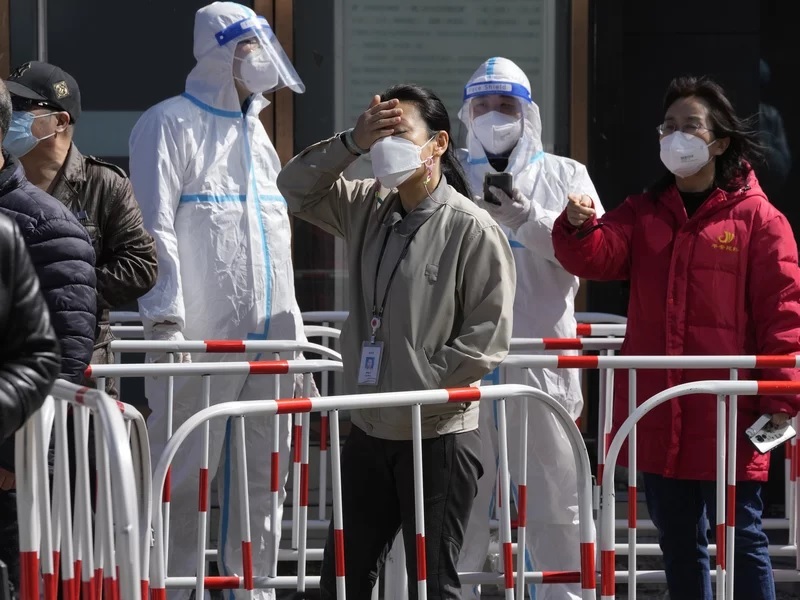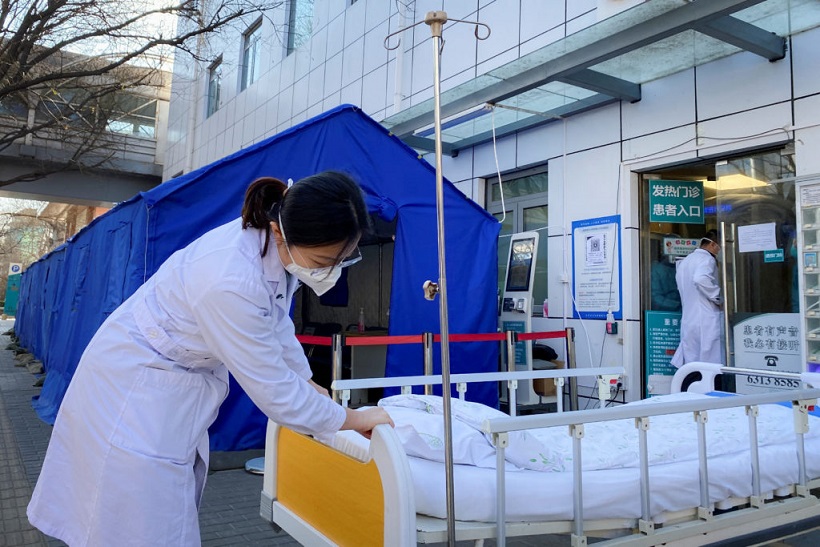Official death tolls are impossibly low, and some worry new variants may escape detection Most scientists believe China’s decision to end its zero
Official death tolls are impossibly low, and some worry new variants may escape detection
Most scientists believe China’s decision to end its zero-Covid policy was long overdue. But now they have a new worry: that the country is collecting and sharing far too little data about the rough transition to a new coexistence with the virus, reports Science.

China abruptly dropped virtually all controls a month ago, after protests, a sagging economy, and the extreme transmissibility of the virus’ latest variants made clinging to zero Covid untenable. Now, “SARS-CoV-2 has an open goal in front of it: a population with very low levels of standing immunity,” says evolutionary biologist Edward Holmes of the University of Sydney.
But how the epidemic is unfolding is a mystery because the country has practically stopped collecting basic epidemiological data, reports Science.

Models that predicted a massive wave of infection and death if China ended zero Covid appear to have been correct. Press reports and social media posts have shown intensive care units stretched beyond capacity, with crowds of patients in wheelchairs and on gurneys in hallways.
Doctors and nurses are reportedly working while sick. Crematoriums are overwhelmed.

But China’s official Covid 19 death toll is widely considered laughably low. And some scientists worry a genomic monitoring plan unveiled last month doesn’t have the power to detect new SARS-CoV-2 variants arising as the virus works its way through one-fifth of the world’s population, reports Science.
Earlier in the pandemic China’s daily counts of Covid 19 cases and deaths, based partly on its exhaustive testing programs, were generally believed to be accurate. Now, they are anyone’s guess. Patients with mild symptoms are not encouraged to get tested, let alone those who are asymptomatic.

People testing positive at home are not asked to report their results.
The China Center for Disease Control and Prevention -China CDC- put the number of confirmed cases the last week of December 2022 at more than 35,000, a fraction of the official number in the United States.

But leaked notes from an internal meeting suggest a very different reality: The agency was told that almost 250 million people in China, roughly 18% of the population, may have caught Covid 19 in the first 20 days of December. Some experts said the number is implausibly large, but Yanzhong Huang, a global health specialist at the Council on Foreign Relations, a U.S. think tank, says it’s “not unreasonable,” given credible reports that 80% of Beijing residents have been infected by now, reports Science.

As to the death toll, China’s reporting had long been inconsistent, Huang says, with some regions reporting all fatalities in which SARS-CoV-2 was a factor, as most countries do, and others excluding people who died from other conditions, such as heart attacks, even if they had Covid 19.

In early December, China’s government decided the narrower definition should be used nationwide. Even then, the official count is astonishingly low: just eight deaths for the entire last week of December, which is “not matching media reports and what is being seen on social media,” says Louise Blair, who tracks China’s Covid 19 outbreak for Airfinity, a London-based health analytics firm that estimates about 9,000 people were dying of Covid 19–related causes every day in late December, reports Science.
The lack of reliable data is already undermining faith in China’s handling of the outbreak. A dozen countries, including the United States and France, have announced they will require pre-or postflight tests on air travelers from China.

Huang says that it is unlikely to keep new variants out. The goal should be to convince the Chinese to be more forthcoming about what’s happening on the ground, and for that, “quiet diplomacy may work better than travel restrictions,” he says, as reported by Science.
All Credit to: Science.org


